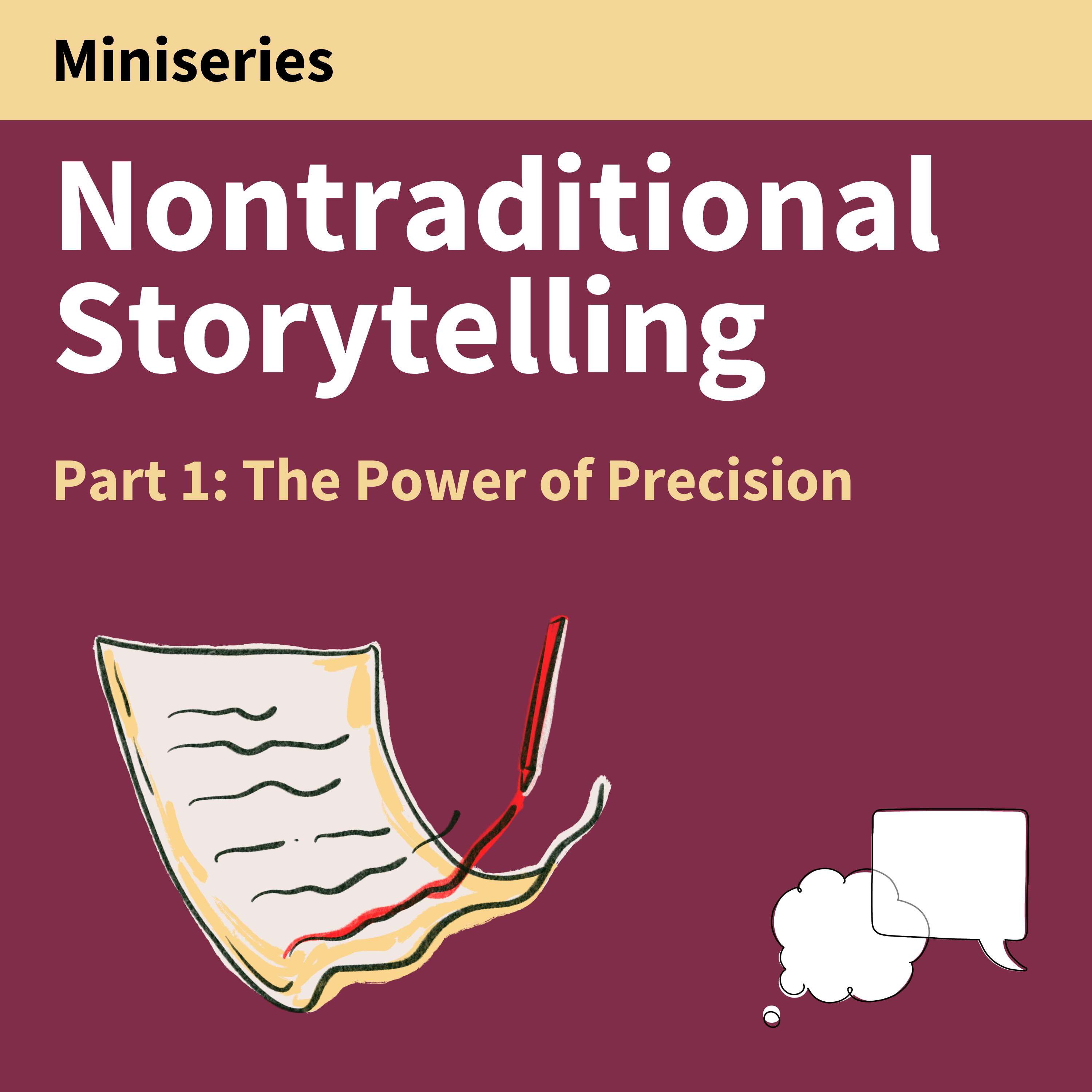
170. Advice from Nontraditional Storytellers Part 1

Think Fast, Talk Smart: Communication Techniques
Chapters
- The podcast is experimenting with new formats and content.
- Premium supporters get access to full interviews from series guests.
- Storytelling can fundamentally change communication and relationships.
Shownotes Transcript
Become a Faster Smarter Supporter by joining TFTS Premium).
Wisdom from the witness stand to the newsstand.
The best storytellers might not call themselves storytellers at all. But from litigating in the courtroom to crafting newspaper cartoons, these experts know how to weave narratives that resonate.
In part one of this special two-part series, host Matt Abrahams explores the foundations of effective storytelling with tech litigator Neel Chatterjee) and syndicated cartoonist Hilary Price). Chatterjee, drawing parallels to stand-up comedy, emphasizes the critical importance of those first few lines: "We have to figure out the two to three-line statement on 'this is a case about'..." Meanwhile, Price reveals the power of restraint in storytelling. "You want to simplify and amplify," she says. "I only want to put the elements that are important. Never spoon-feed your reader."
In this episode of Think Fast, Talk Smart), nontraditional storytelling masters share their approach to structure, framing, and audience engagement, revealing insights that we can all use to transform our communication — whether in convincing a jury, crafting the perfect punchline, or sharing stories in everyday life.
Episode Reference Links:
- Neel Chatterjee)
- Hilary Price)
- Ep.168 How Story Can Change Everything in Your Career)
- Ep.50 Telling Good Stories: How to Use the Elements of Narrative to Keep Listeners Engaged)
Connect:
- Premium Signup >>>> Think Fast Talk Smart Premium)
- **Email Questions & Feedback **>>> [email protected]
- Episode Transcripts >>> Think Fast Talk Smart Website)
- Newsletter Signup + English Language Learning >>> FasterSmarter.io)
- Think Fast Talk Smart >>> LinkedIn), Instagram), YouTube)
- Matt Abrahams >>> LinkedIn)
Chapters:
(00:00) - Introduction
(03:01) - Structure in Storytelling
(05:41) - The Premise and Promise
(06:40) - Being Concise in Storytelling
(10:36) - Visuals in Storytelling
(13:39) - Conclusion